Events
Events / 04/02/2020 / 2033
Motovun (or Montona in Italian) is the most attractive medieval town in Istria, nestled on a hill above the Mirna river valley. It is surrounded by a dense forest belt, and Motovun forests are a well-known truffle habitat.
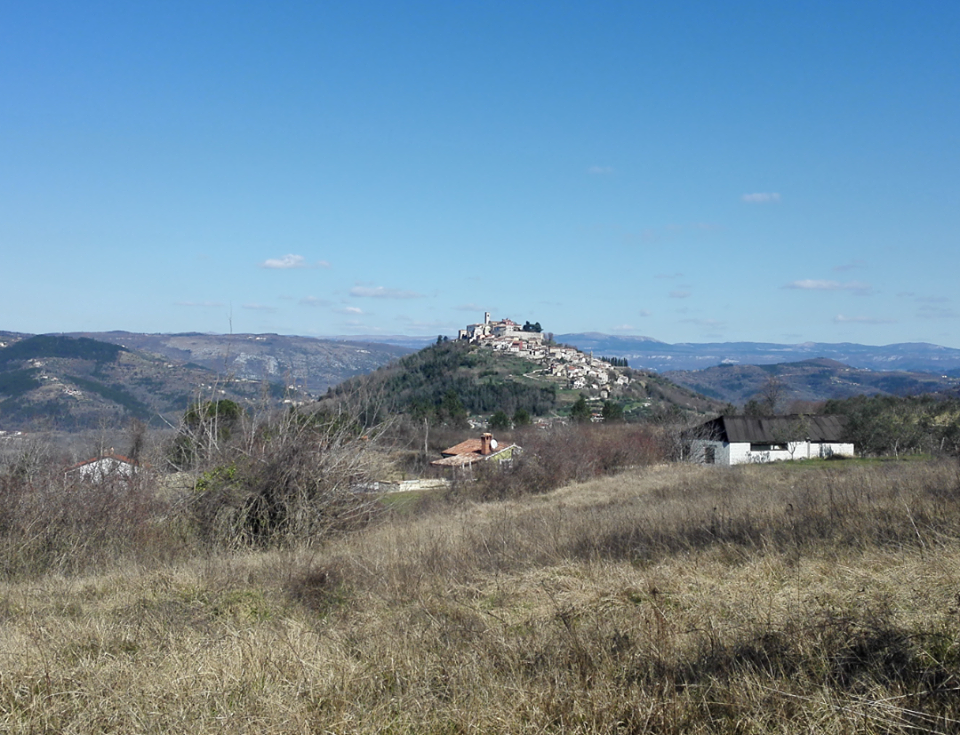
A sunny March day gave us an opportunity to explore immediate surroundings of Motovun, to wade through its forests along narrow paths and through bush groves and discover the wonderful world of truffles. The truffles were introduced to us by Miro Kotiga, the owner of Miro Tartufi and a professional truffle-hunter with his two dogs, Bella and Lila. One of these dogs is already an experienced truffle hunter, while the other is still young, and Miro uses every opportunity to train her for truffle hunting. A well-trained dog that detects truffles is worth a fortune. And Miro explains to us that the easiest way to train a dog is to allow it to follow experienced dogs.
Istrian forests were swarming with truffles some 30 years ago, because in Yugoslavia there was no habit of consuming truffles. However, tourism development and increasing demand for Istrian truffles, particularly the presence of the most expensive white truffles, have motivated an increasing number of locals to start truffle hunting. For that reason, it gets increasingly difficult nowadays to find them in the forests of Istria, and the state authorities have regulated truffle exploitation by means of licenses. So it might happen that we return from the forest empty-handed. Miro owns a forest in the immediate vicinity of Motovun so predominantly, he goes truffle hunting over there and he knows the locations where truffles are likely to be encountered.
Miro explains to us that truffles always grow in the same place, so every truffle hunter keeps such locations as top secret because he will keep returning to them from one season to another. Also, the rule is that white truffles do not grow on the same spot alongside black ones.
Currently, it is the season of black "winter" truffles. We walk along a forest path while the dogs are scouring the surroundings around us, pausing, sniffing the forest floor. From time to time, Miro yells at the younger dog, still having to work with her, to teach her instructions over time and train into a truffle hunting dog. We tour some of the places where truffles can be found. The weather is pleasant, so walking through the woods is not difficult. On the contrary, the spring has already started, some primroses and hellebores have already shown their flowers.
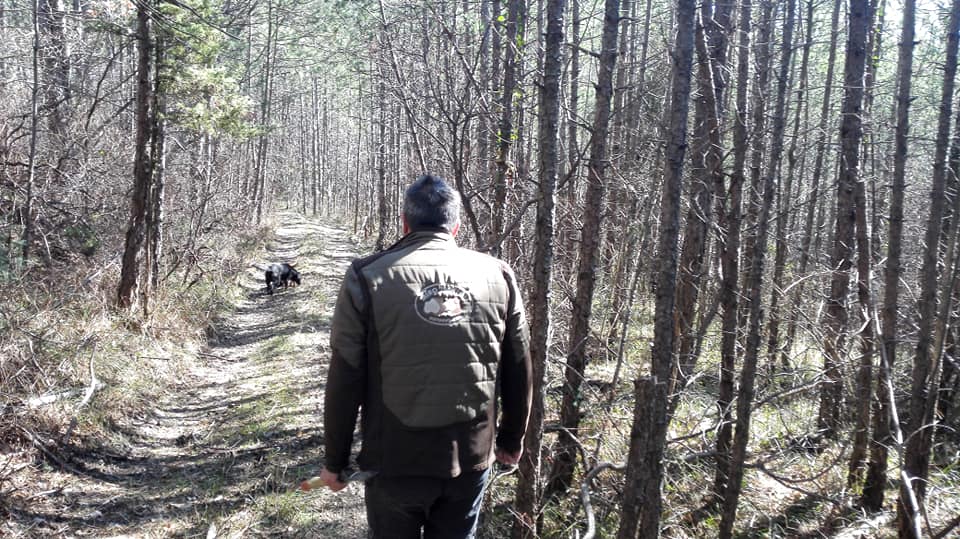
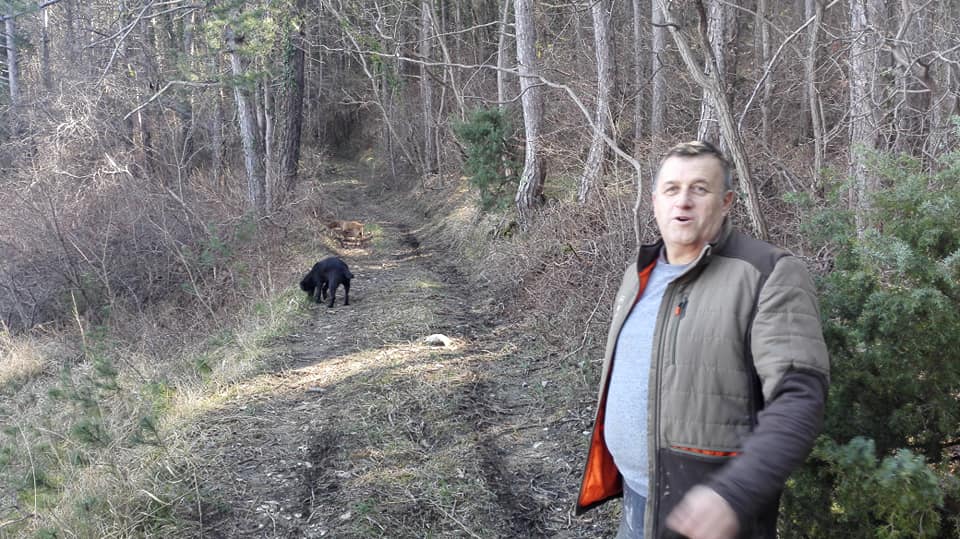
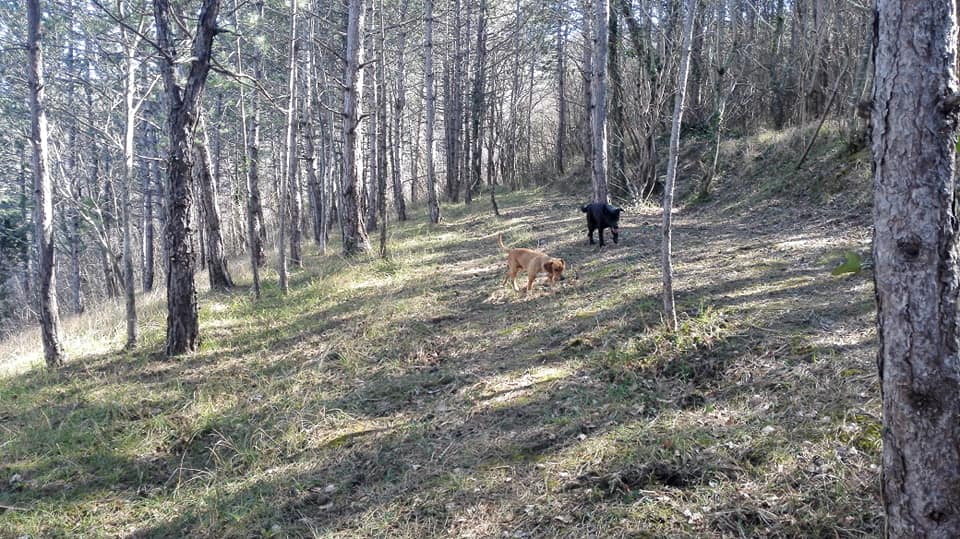
Dogs run diagonally past us. We look at them excitedly, expecting some sign, some signal that they have found something. Miro keeps an eye on them. He tells us that it is vitally important to supervise dogs at all times, because if he doesn't approach them as soon as they discover the truffle, then the dogs will eat their find. Miro explains that if a dog slows down and lowers its nose closer to the ground, wagging its tail, it means that it does not smell truffles nearby. If, during movement, the dog smells the area with truffles, it will suddenly change direction and leap with its head up towards the exact spot. Then follows diligent digging in the soil with front paws. Now is the moment for Miro to approach and take over. For the dog, of course, Miro always carries in his pocket a reward: a piece of bread.
After about 40 minutes of walking, Miro interrupts the conversation and we head down the path to a dog who has just started digging with his front paws. Miro unmistakably knows that the dog has discovered the truffle. We move the dog away, and then Miro carefully digs out a truffle lump. He takes the dirt off and shows it to the dogs. He allows them to smell the truffle out of his hand, to realize that they have successfully done what is expected of them. He then wraps the truffle in a piece of paper and places it securely in his pocket.
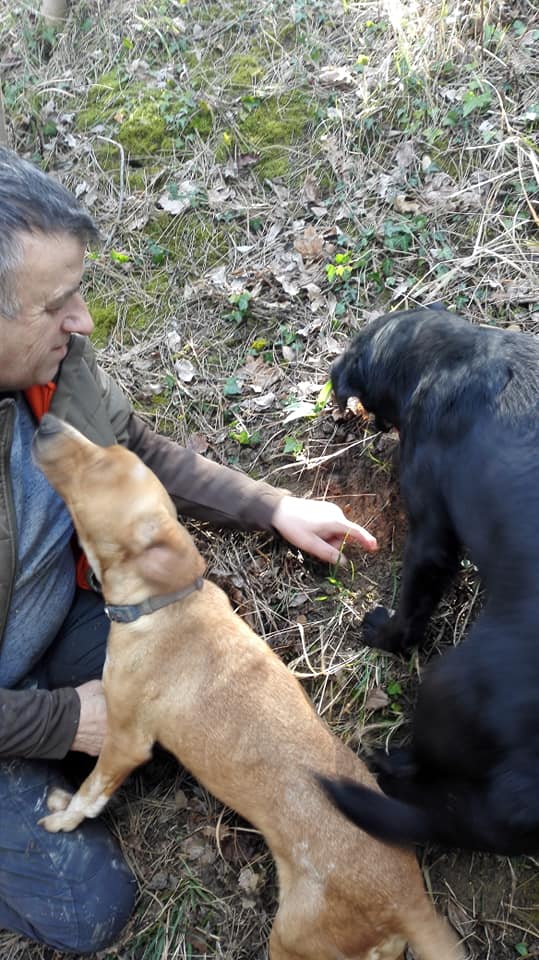
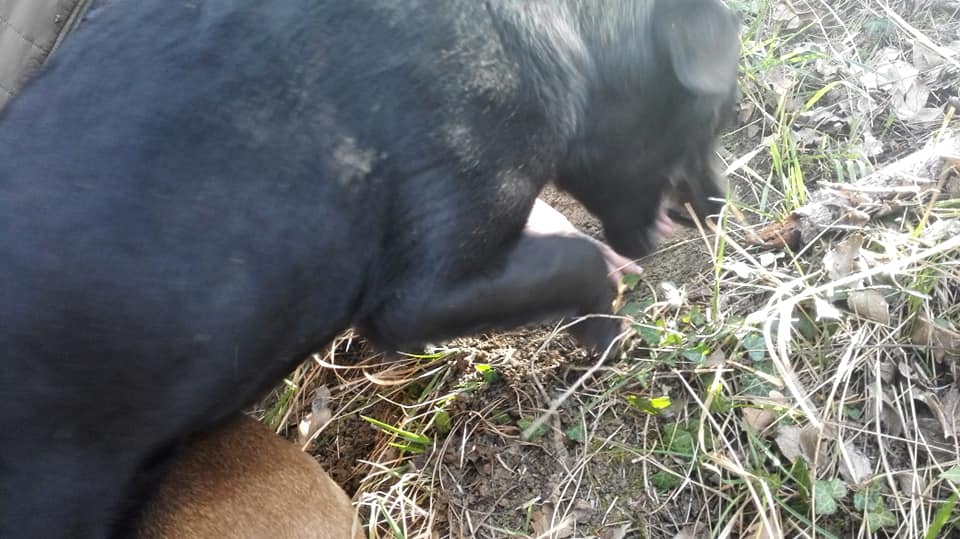
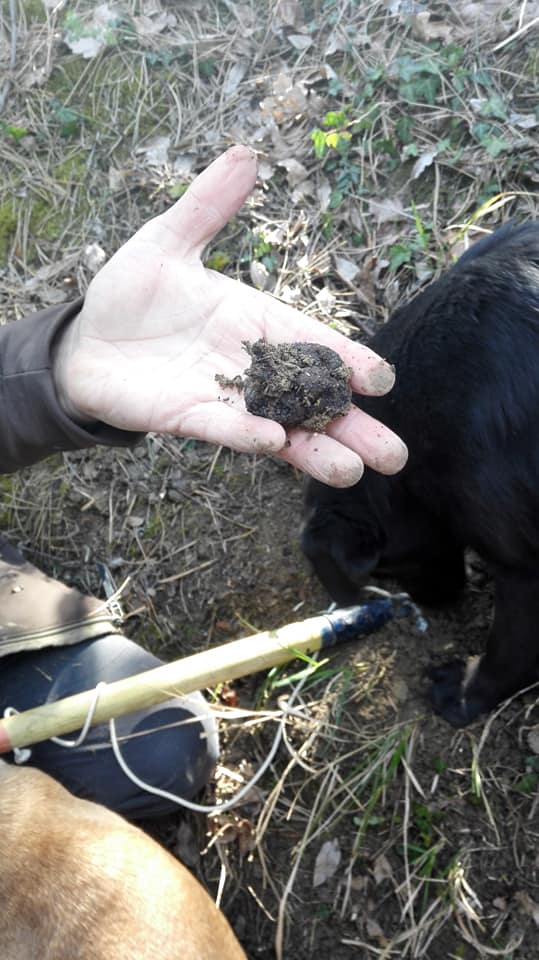
We continue our walk through the forest, but now we are walking with ease, without the focus and tension typical of hunters on the lookout for their prey. We are pleased to have found at least one truffle specimen. Miro pauses along the way and picks the first purple flowers of the heath violet as a gift to his wife, Mirjana. It's March 8th, the International Women's Day...
After another 20 minutes of walking through the woods, we decide to head back. Upon our return, we are warmly welcomed by Mirjana with a glass of truffle-scented brandy and herb-infused brandy. While we're tasting a selection of local delicacies (of course, the main ingredient is always Istrian truffle: white truffle spread, truffle-flavoured cheese, olive salsa with truffles, truffle salami, Istrian olive oil with truffles) accompanied with local Malvasia, Mirjana prepares ingredients for "fritada" with truffles. I observe Mirjana, and the lyrics from Oliver Dragojević's song spring to my mind: "When Nadalina stirs up eggs, she blows everyone's mind, etc ...." There we go - Istrian fritada (or kajgana as we call it in Serbia) with freshly grated truffle, exactly the truffle lump that we discovered. The aroma of freshly grated truffle spreads around us... I get the impression that it pervades the air all the way to the bell tower of Motovun church, and beyond...

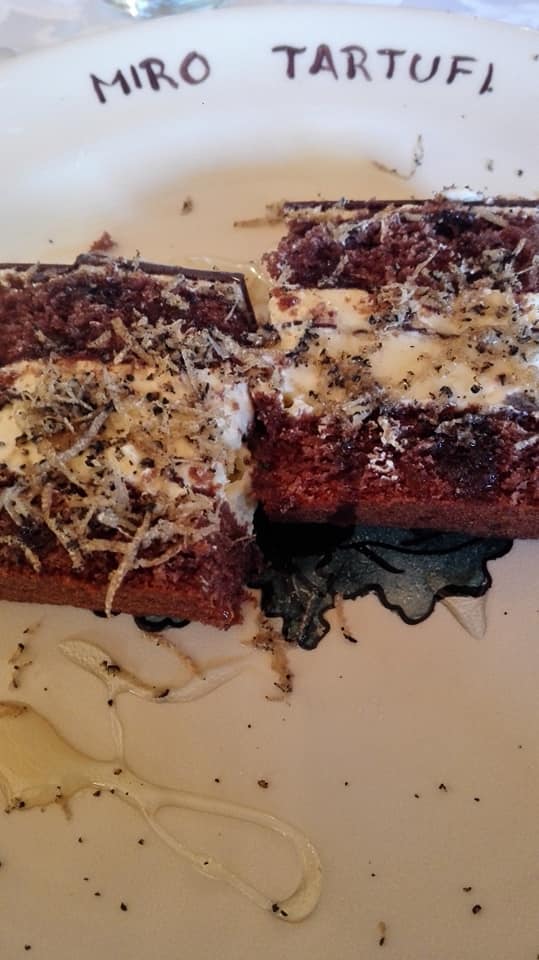
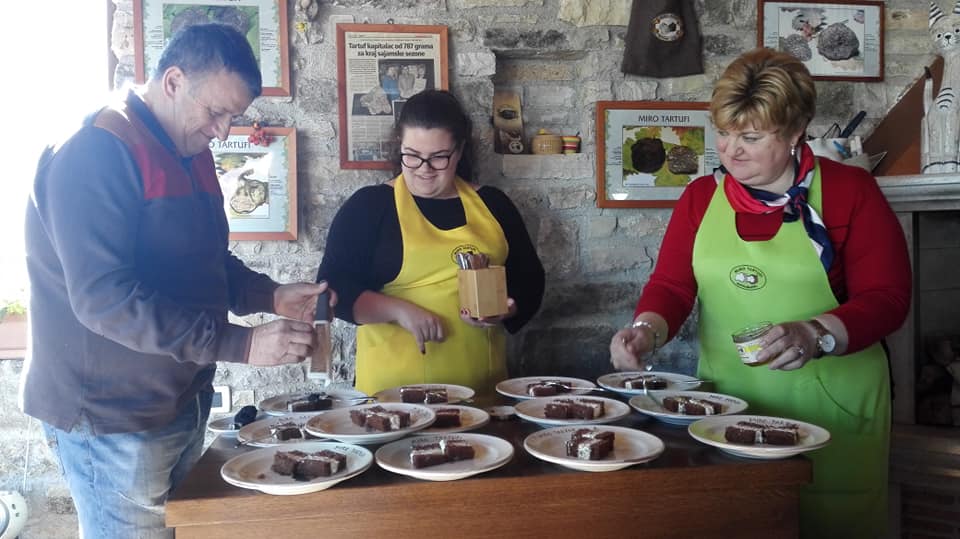
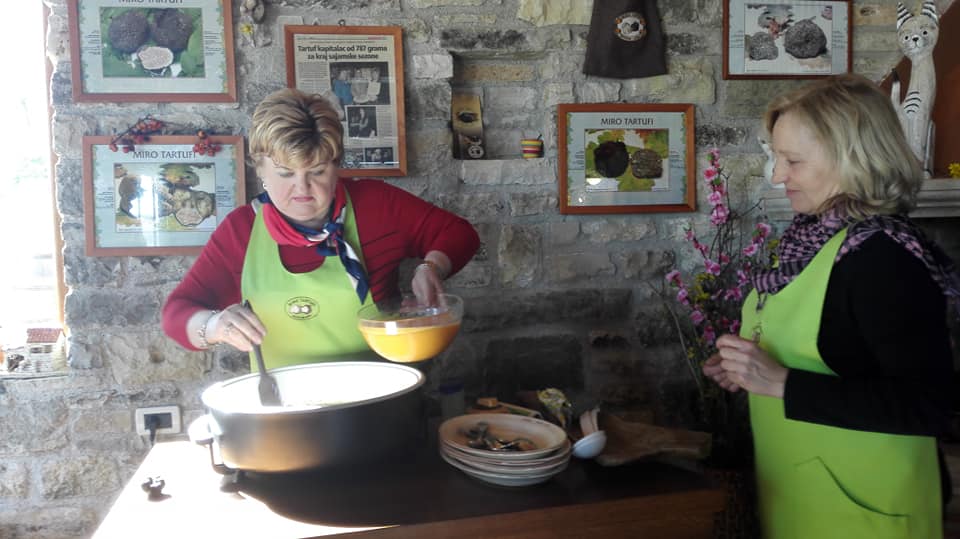
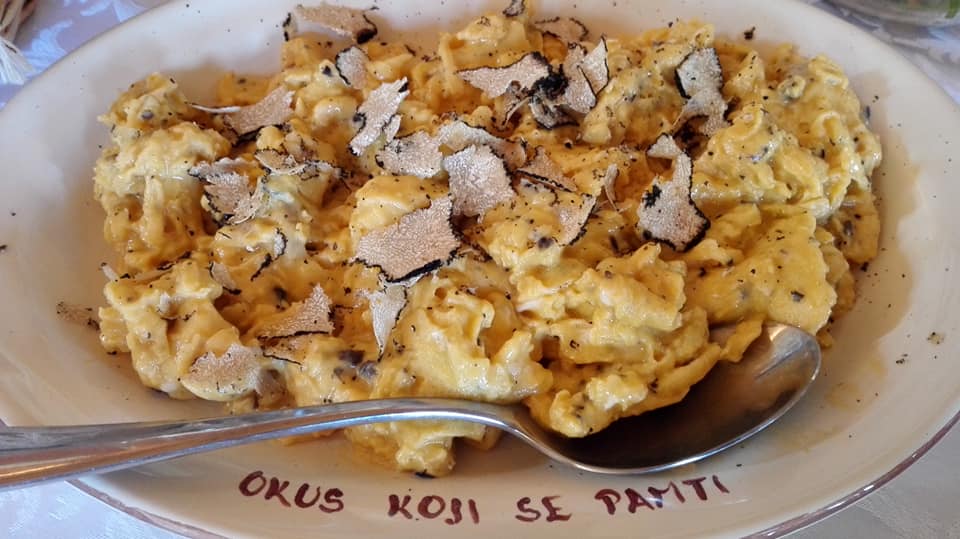

Tomislav Ivanović
Awarded wine writer, wine critic and contributor to selected wine magazines. WSET3-certified author and editor-in-chief of www.vinopedia.rs. Member of Vojvodina Sommelier Association. Juror in national and international wine competitions. Lecturing about wines of Serbia and the Balkans. Local partner of Wine Mosaic organization. Co-founder of International Prokupac Day.

Pročitajte i druge članke iz ove rubrike:
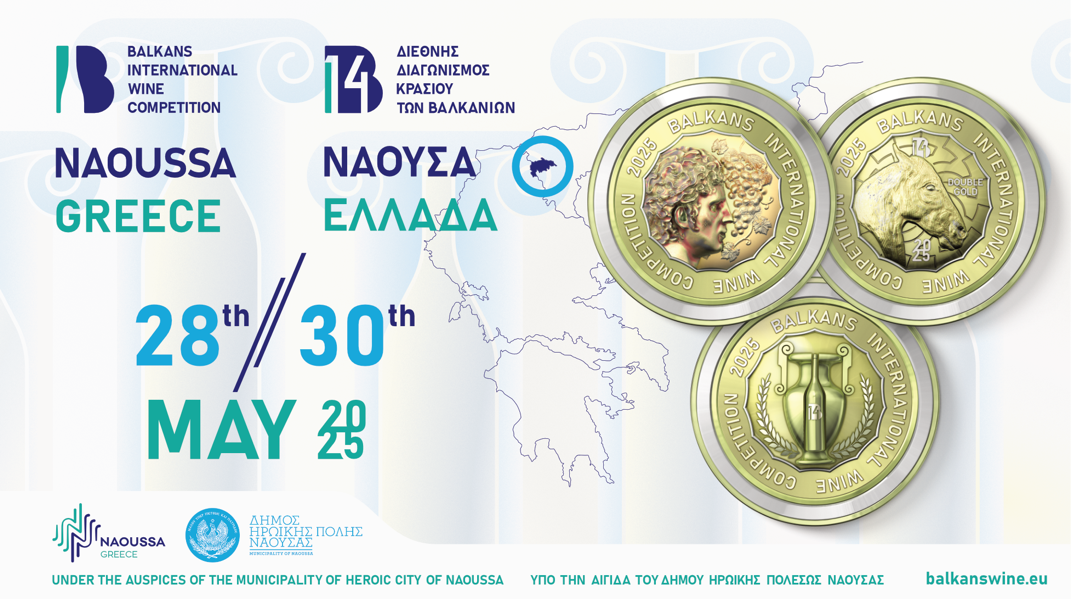

BIWC 2025 - NOVA ERA ZA BALKANSKA VINA
PROČITAJ VIŠE


POČINJE WINEOS 2025 U OSIJEKU
PROČITAJ VIŠE
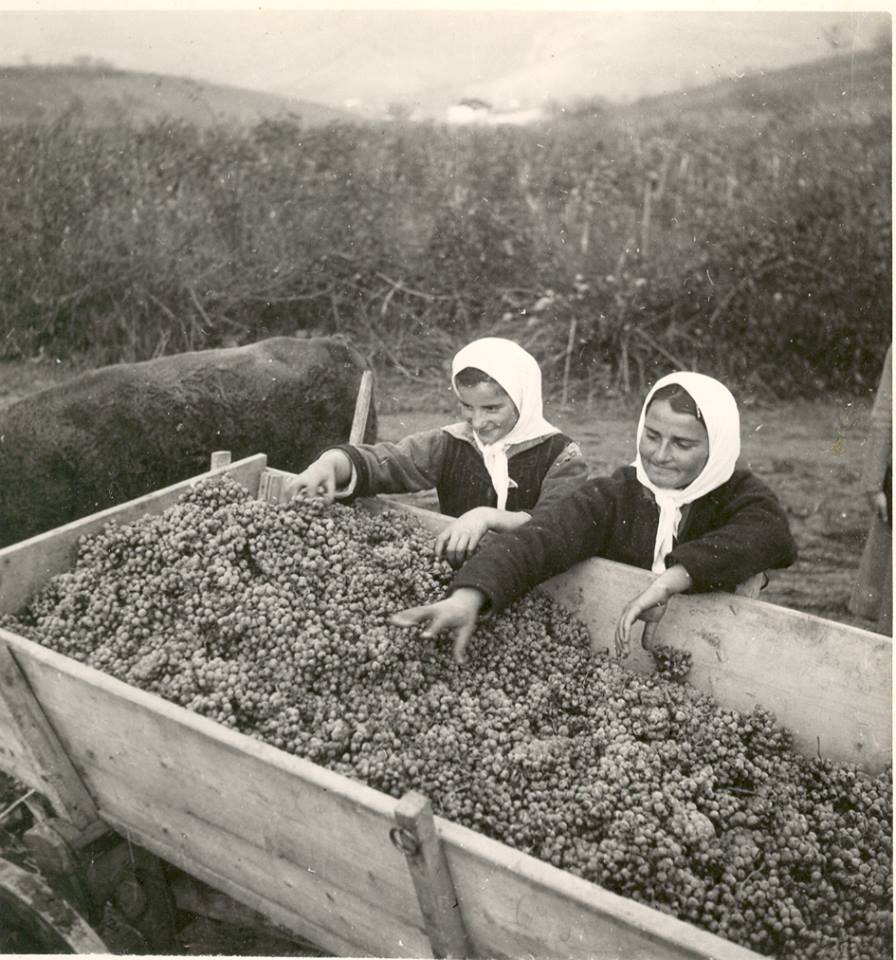

ŽUPSKI KARAVAN PROKUPCA 2024
PROČITAJ VIŠE
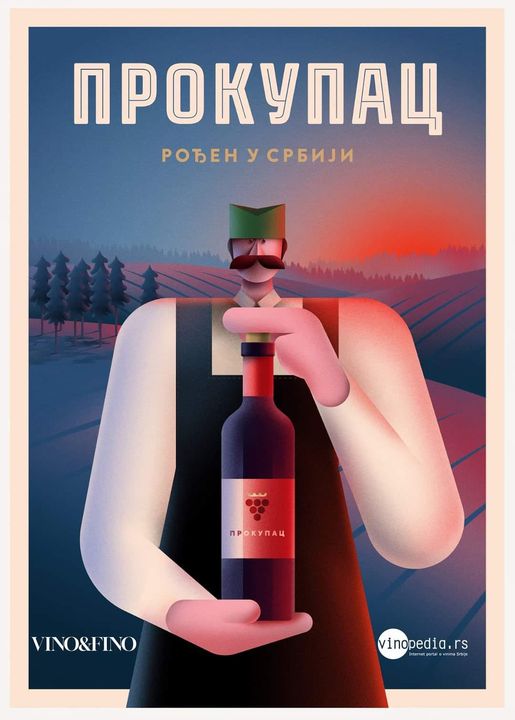

PROKUPCI IZ SVIH REJONA, UJEDINITE SE!
PROČITAJ VIŠE
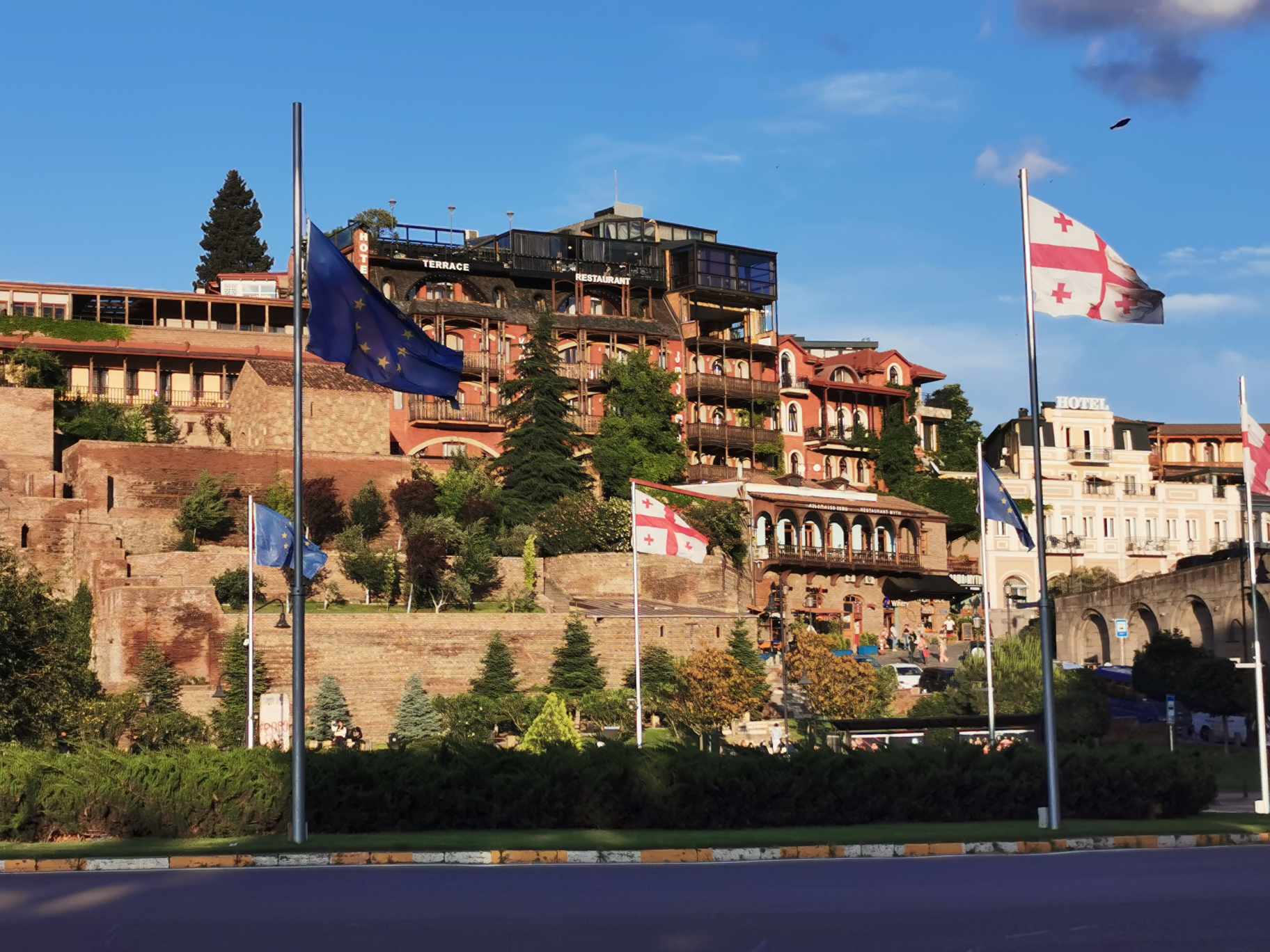

MARNAVELI VINARIJA - U GRUZIJSKOJ KOLEVCI VINA
PROČITAJ VIŠE
Winner MILLESIMA BLOG AWARD 2016

Pobednik MILLESIMA BLOG AWARD 2016
VINO & FINO wine personality of the year 2016

VINO & FINO vinska ličnost godine 2016